The year is 1968. Imagine you’re sitting in a room full of engineers tasked with designing something the world has never seen. Take the lessons learned from racing the 1968 Dodge Charger at the highest level of NASCAR and build something capable of knocking Ford/Mercury off their high horse. Dodge needed more than evolution. An aerodynamic revolution was required!


Bob Rodger, Director of Product Planning, and former Chief Engineer of Chrysler, decided to kick this revolution into high gear after returning home from the 1969 Daytona 500. Ford finished the race with 6 of their new Torino Talladegas inside the top 10. Dodge brought home their Chargers in 2nd, 5th, 9th and 10th. This was simply not good enough. Mr. Rodger instantly understood that the sculpted front end and fastback profile of the Talladega was a massive advantage, and Dodge had no choice but to respond.
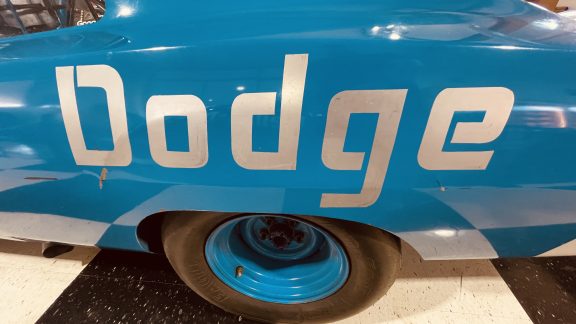
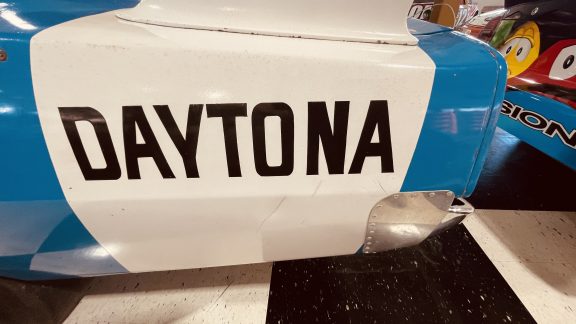
Bob got the ball rolling by enlisting Larry Rathgeb, who at the time was the Lead Engineer for Racing Development at Dodge; the manager of Dodge’s Fluid Dynamics Laboratory, Morgan Dawley; and Gary Romberg, Chrysler’s Chief Aerodynamicist. Their task? Develop a racecar with exceptional aerodynamics based on the 1969 Charger. This racecar had to be a Charger capable of taking the fight directly to Ford. Win on Sunday, Sell on Monday! Second place was not an option. The Daytona program was underway.
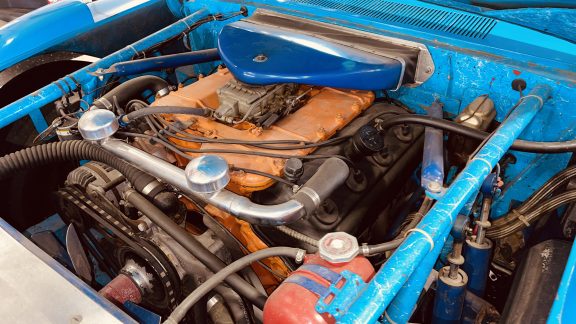
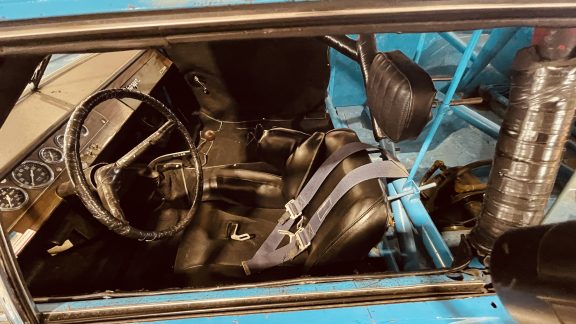
Without a wind tunnel, the development team spent considerable time developing the Daytona on the high-speed oval at the Chelsea Proving Grounds. Top speed was a priority, and 4+ miles of tarmac combined with some of the steepest banked corners on the planet meant the team could extract the data they needed. The goal was to find an additional 5 mph with the new aerodynamic features the team had been given the green light to create. There were no restraints placed on the team during the development of the nose, rear wing and other components making up the Daytona aero package. In fact, nobody from the styling department had access to the test cars. This was an exercise in speed and they were determined to find all of it!
There were two Charger test cars involved in the development program. They were referred to internally as the “Low Speed” car and the “High Speed” car. Very clever, right? The “Low Speed” car wasn’t exactly “Low Speed”. There has been more than a little debate about this car and which one of the two Daytona test cars it truly is. Signs are pointing more to this being the “Low Speed” car with a repaint from its original #71 K&K insurance paint job. “Low Speed” had an interesting journey to become a test car for this program. It started life as a ’68 Charger press car. While on loan to a magazine based in California, the car was found mostly stripped and sitting on blocks somewhere in Watts. The easy solution would have been to call a local scrap yard, but a test car was needed back in Detroit. The rest is history! “Low Speed” was brought back, handed over to Rathgeb and his team to transform into a car so dominant in its first full season of competition that NASCAR changed its rule book to limit engine size on super speedways for this new breed of “Aero” car.
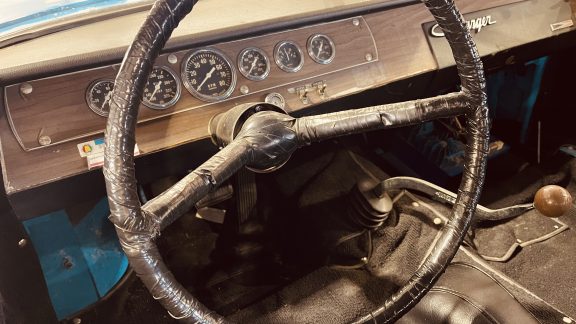
Some of the more impressive achievements of the Daytona include:
- First production vehicle to run over 200 mph on a closed course. Buddy Baker climbed behind the wheel and drove the #88 to a lap of 200.447 mph at the Alabama International Speedway on March 24, 1970.
- Bobby Isaac drove the #71 K&K 1970 Daytona to a world record at the Bonneville Salt Flats, tripping the speed trap at 216.945 mph.
- Dodge had 17 race wins in the 1970 NASCAR season with Bobby Isaac bringing home the drivers championship. The K&K Daytona had an astounding 11 wins, 13 poles, 32 Top 5s and 38 top 10 finishes!
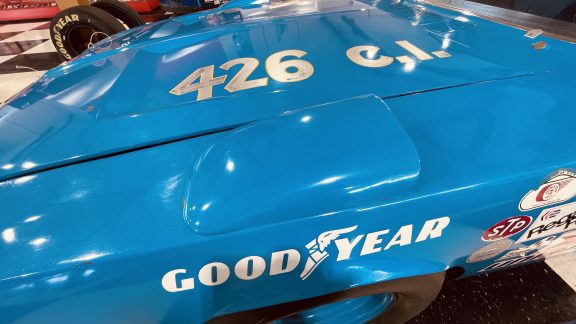
We would like to thank everyone at the International Motorsports Hall of Fame for providing access to this and other Mopar® vehicles currently in their collection. If you would like to see this amazing Dodge, we have good news for all of you! October 27 and 28, 2023, the International Motorsports Hall of Fame is hosting their Heritage Preservation Event, and everyone is invited. If a few hundred show vehicles with the Hall of Fame and Talladega International Speedway as the backdrop sounds like your idea of a good time … grab your tickets!
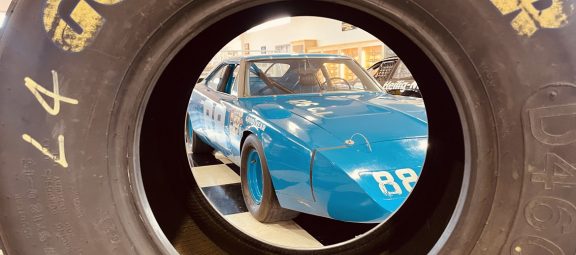
0 Comments